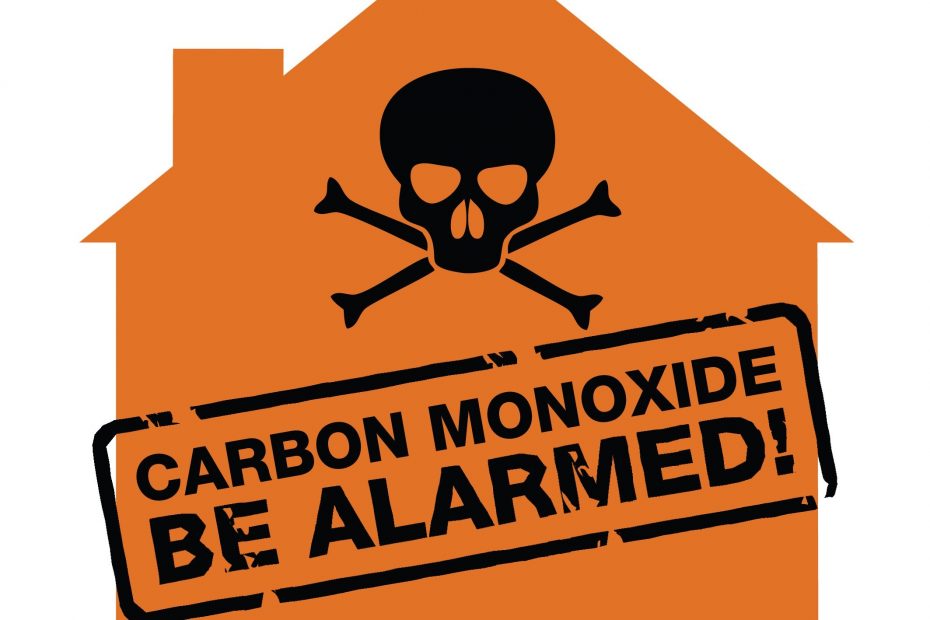 Carbon monoxide incidents are more common during the winter months, and in residential properties.
Carbon monoxide incidents are more common during the winter months, and in residential properties.
Carbon monoxide (CO) is an invisible, odorless, colorless gas created when fuels (such as gasoline, wood, coal, natural gas, propane, oil, and methane) burn incompletely. In the home, heating and cooking equipment that burn fuel can be sources of carbon monoxide. As winter comes into full swing and temperatures start falling, it’s a good time to think about the dangers of carbon monoxide — and what you can do to make your family and home safer.
– If you need to warm a vehicle, remove it from the garage immediately after starting it. Do not run a vehicle or other fueled engine or motor indoors, even if garage doors are open. Make sure the exhaust pipe of a running vehicle is not covered with snow.
– During and after a snowstorm, make sure vents for the dryer, furnace, stove, and fireplace are clear of snow build-up.
– A generator should be used in a well-ventilated location outdoors away from windows, doors and vent openings.
– Gas or charcoal grills can produce CO — only use outside.
– You should also install CO alarms in a central location outside each sleeping area and on every level of the home and in other locations where required by applicable laws, codes or standards.
In 2010, U.S. fire departments responded to an estimated 80,100 non-fire CO incidents in which carbon monoxide was found, or an average of nine calls per hour.
For more helpful information about the dangers of CO, please see this Carbon Monoxide Safety tip sheet from the NFPA.
